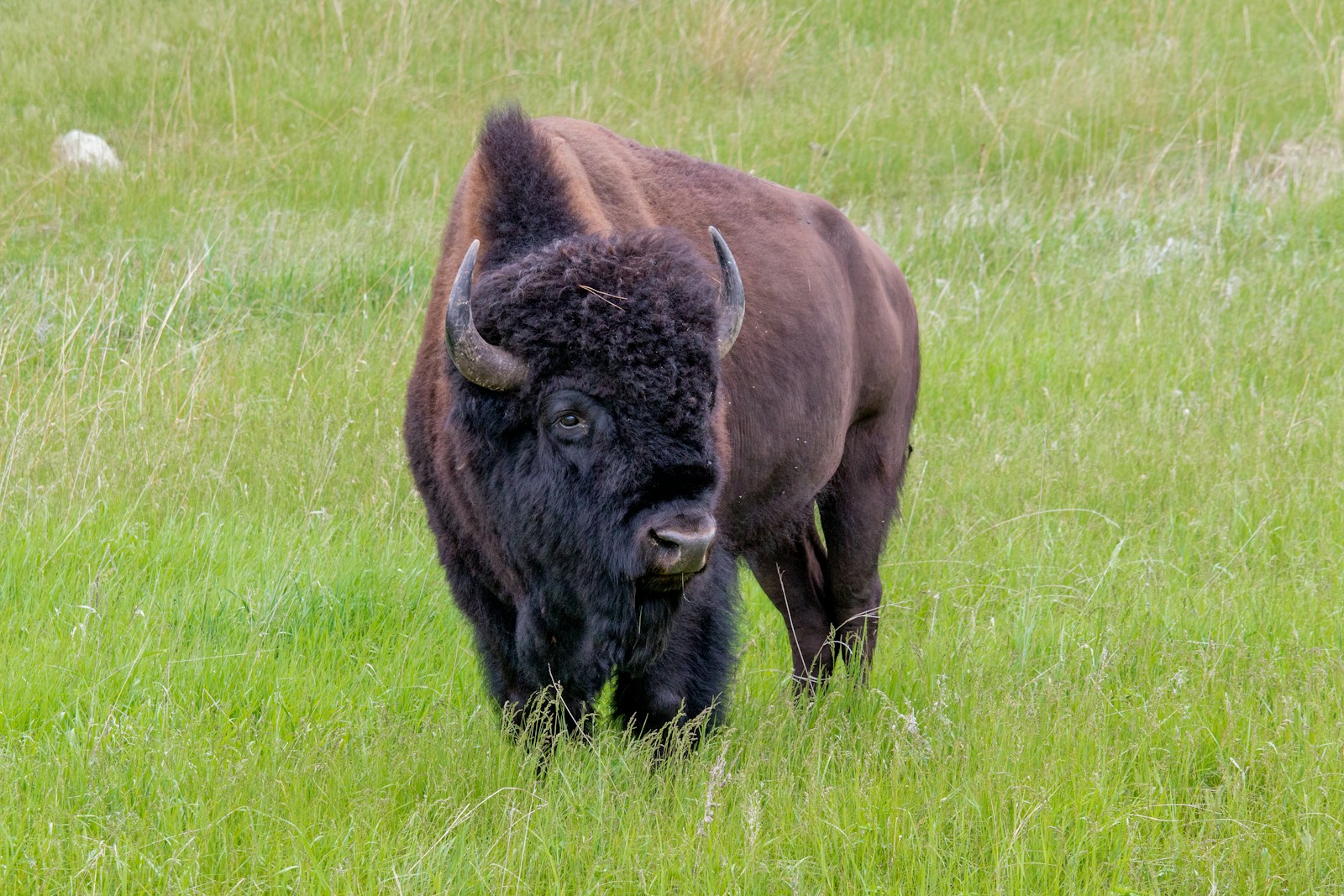The North American plains once thundered with the movement of massive bison herds, up to 60 million strong, whose presence shaped the very landscape beneath their hooves. These magnificent creatures weren’t merely inhabitants of the prairie – they were its architects and caretakers, integral to its ecological balance and biodiversity. Today, with less than 1% of North America’s original tallgrass prairie remaining, conservationists and land managers are recognizing the crucial role these keystone species play in ecosystem restoration. As we face unprecedented environmental challenges, bison reintroduction represents not just a return to the past, but potentially a vital key to the prairie’s future. Their unique behaviors, dietary patterns, and physical impact on the land create ecological ripples that benefit countless other species and help rebuild resilient grassland ecosystems.
The Historical Significance of Bison on North American Prairies
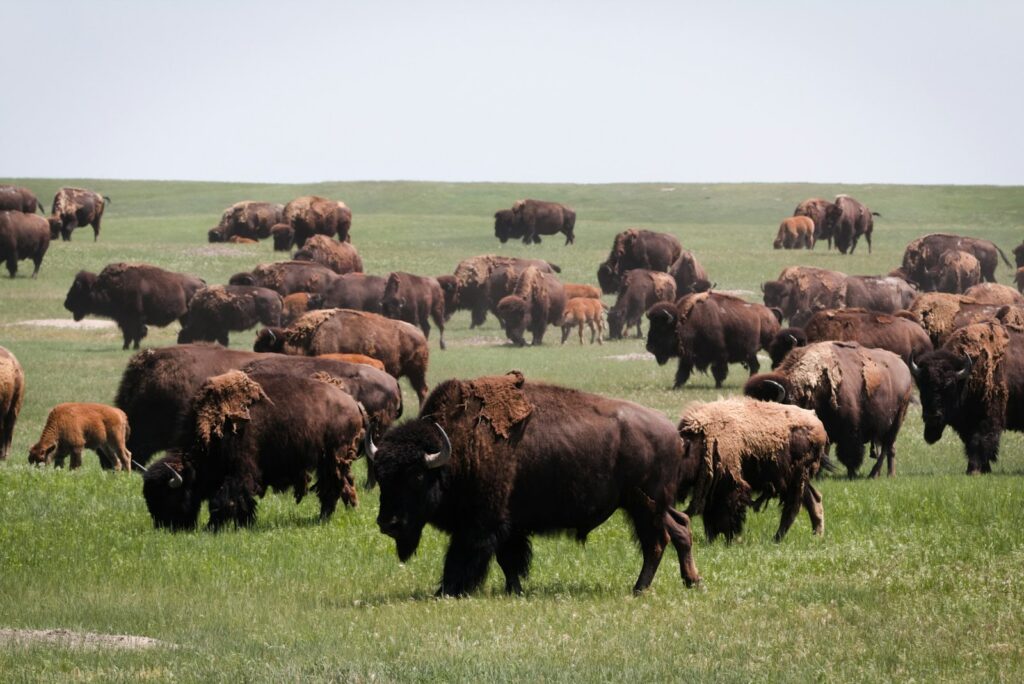
Before European settlement, an estimated 30-60 million bison roamed North America, creating one of the continent’s most impressive wildlife spectacles. These massive herds served as the economic and cultural foundation for numerous Native American tribes, who developed sustainable hunting practices and utilized virtually every part of the animal for food, shelter, tools, and spiritual purposes. The relationship between Indigenous peoples and bison represented one of the most significant symbiotic connections between humans and wildlife in North American history. The destruction of bison herds in the late 19th century – driven by commercial hunting, government policies aimed at subjugating Native populations, and habitat conversion – resulted not only in ecological devastation but also profound cultural loss. By 1889, fewer than 1,000 bison remained, bringing this keystone species to the brink of extinction and fundamentally altering prairie ecosystems across the continent.
Bison as Ecosystem Engineers
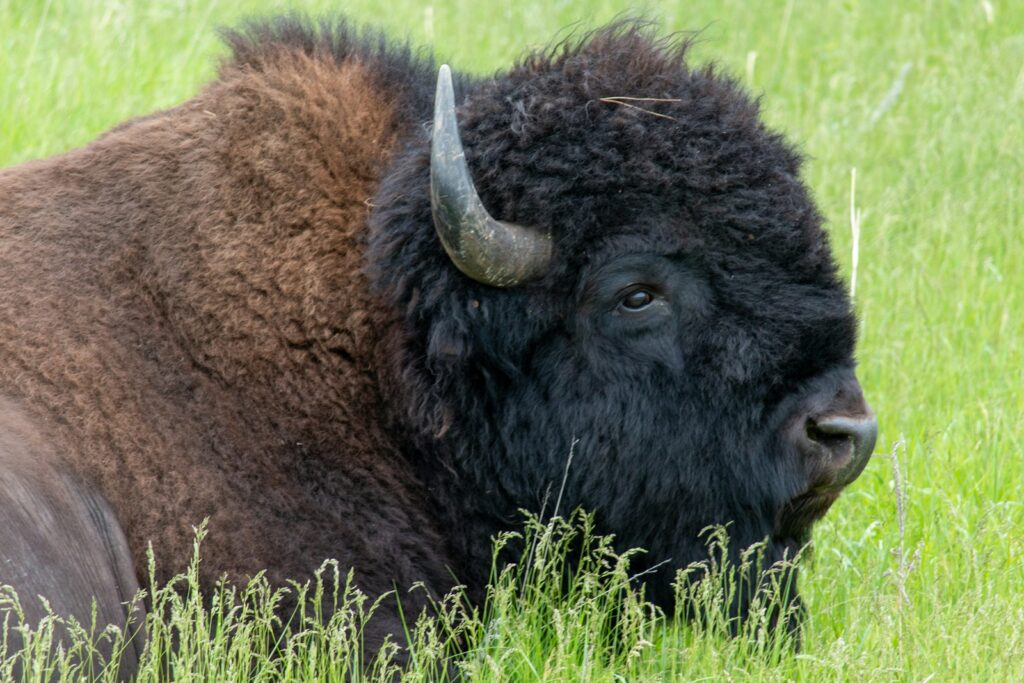
Bison function as true “ecosystem engineers,” physically reshaping their environment in ways that create habitat diversity and ecological niches for countless other species. Unlike cattle, which graze more uniformly, bison create a mosaic pattern of intensely grazed and untouched areas as they move across landscapes, promoting plant diversity through selective grazing. Their massive bodies – adult males can weigh up to 2,000 pounds – create wallows, shallow depressions formed as they roll and dust bathe, which collect rainwater and create microhabitats for amphibians and specialized plants adapted to these temporarily wet environments. The distinctive way bison paw at snow in winter to expose vegetation underneath creates additional microhabitats and helps certain plant species establish themselves. Research has shown that areas with restored bison populations typically contain significantly more plant species than similar areas without bison, demonstrating their direct impact on biodiversity.
The Grazing Effect: How Bison Feeding Habits Promote Plant Diversity
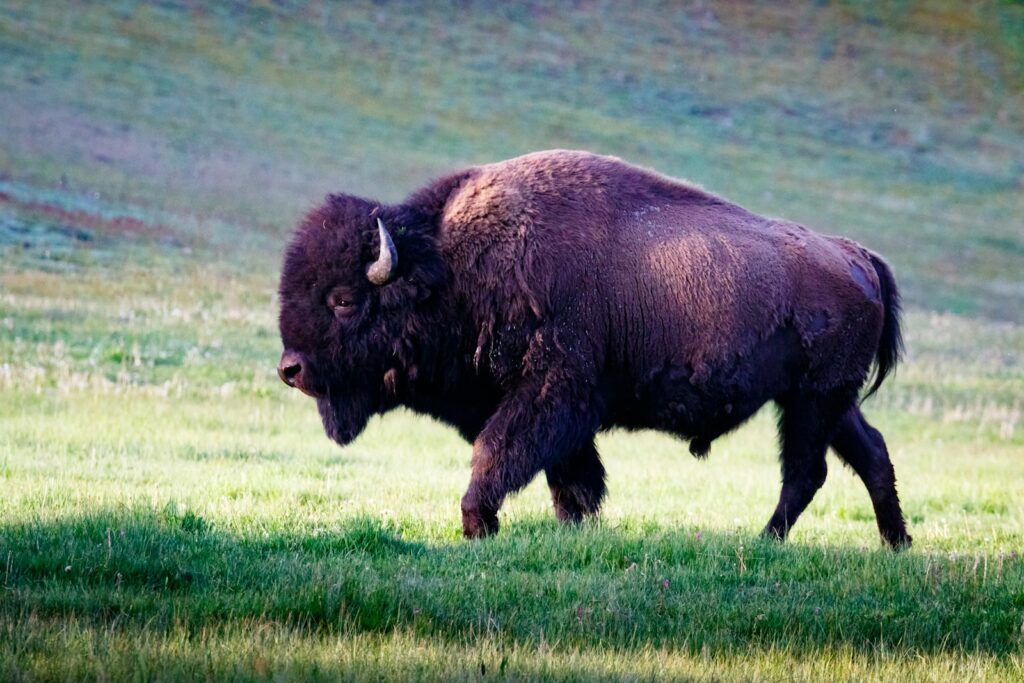
Bison possess a unique grazing style that promotes a diverse prairie plant community, fundamentally different from the impact of cattle or other domestic livestock. Their preference for grasses over forbs (flowering plants) helps prevent any single plant species from dominating the ecosystem, creating opportunities for a wider variety of plant species to thrive. Studies have demonstrated that bison-grazed prairies typically contain 50-60 different plant species, while similar areas without large grazing animals may support only 10-15 species. Bison’s selective consumption of dominant grasses allows more sunlight to reach smaller plants that would otherwise be shaded out, creating what ecologists call “competitive release” for these species. Their digestive systems are remarkably efficient at processing fibrous vegetation, allowing them to consume older, tougher plant material that other grazers avoid, effectively reducing fire fuel loads while recycling nutrients back into the soil through their waste.
Seed Dispersal: Bison as Mobile Nurseries
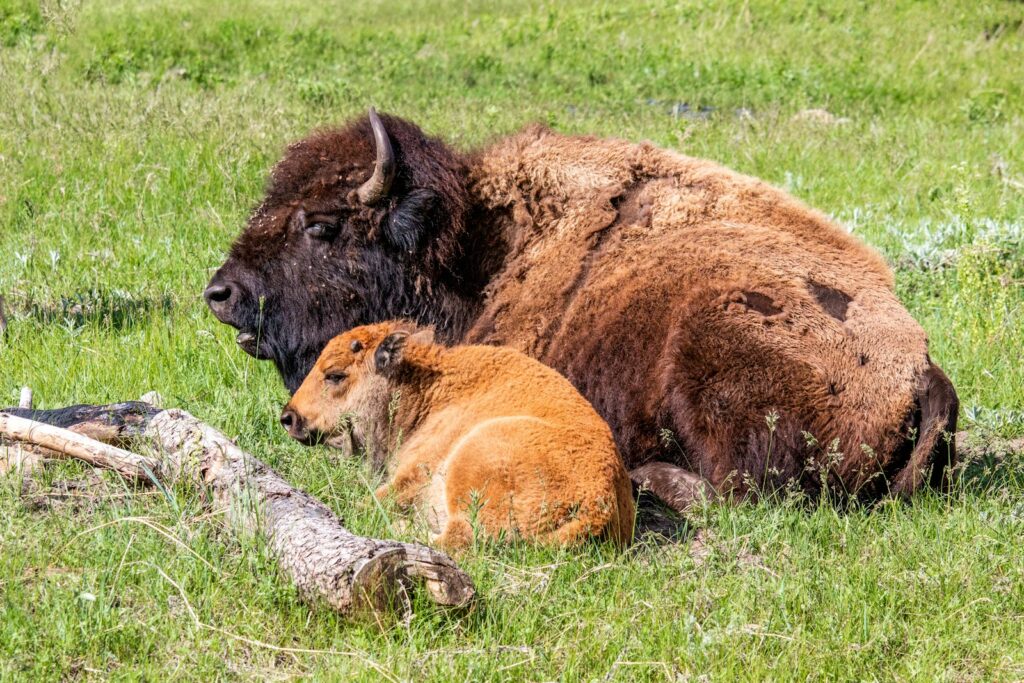
The shaggy coats of bison serve as highly effective seed dispersal mechanisms, picking up plant seeds as the animals move through grasslands and depositing them in new locations. Research has shown that a single bison may transport thousands of seeds from dozens of plant species in its fur, helping plant populations maintain genetic diversity and colonize new areas. This seed dispersal service is particularly valuable for plants with limited dispersal capabilities of their own, effectively expanding their range across the prairie landscape. Unlike wind or water dispersal, which moves seeds randomly, bison-mediated dispersal often carries seeds to disturbed areas where the bison have recently grazed, creating ideal germination conditions for many prairie species. The combination of their diverse diet and long-distance movement patterns means bison can transport seeds up to several miles from their origin, creating plant genetic connectivity across fragmented landscapes that might otherwise become isolated.
Wallowing Behavior and Micro-Habitat Creation
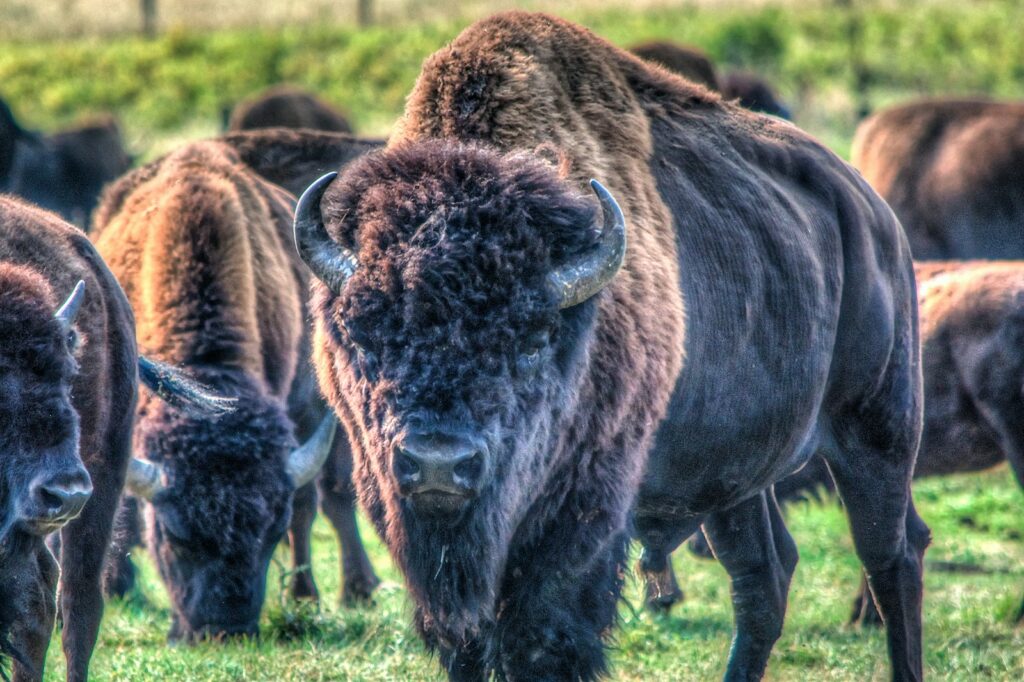
Bison wallows represent one of the most distinctive ways these animals physically transform prairie ecosystems, creating unique micro-habitats that support specialized plant and animal communities. These shallow depressions, formed when bison roll to dust bathe and remove parasites, can persist in the landscape for decades, collecting rainwater and creating ephemeral wetlands crucial for amphibians and invertebrates. A single prairie landscape may contain hundreds of these wallows of varying ages and sizes, significantly increasing habitat heterogeneity and supporting species that wouldn’t otherwise find suitable conditions. The exposed soil in wallows creates opportunities for annual plants that struggle to compete with established perennial grasses but play important roles in prairie biodiversity and soil health. Research at Konza Prairie Biological Station in Kansas has documented over 75 plant species that specifically colonize these wallow depressions, including several rare species that depend on this bison-created habitat feature.
Nutrient Cycling and Soil Health
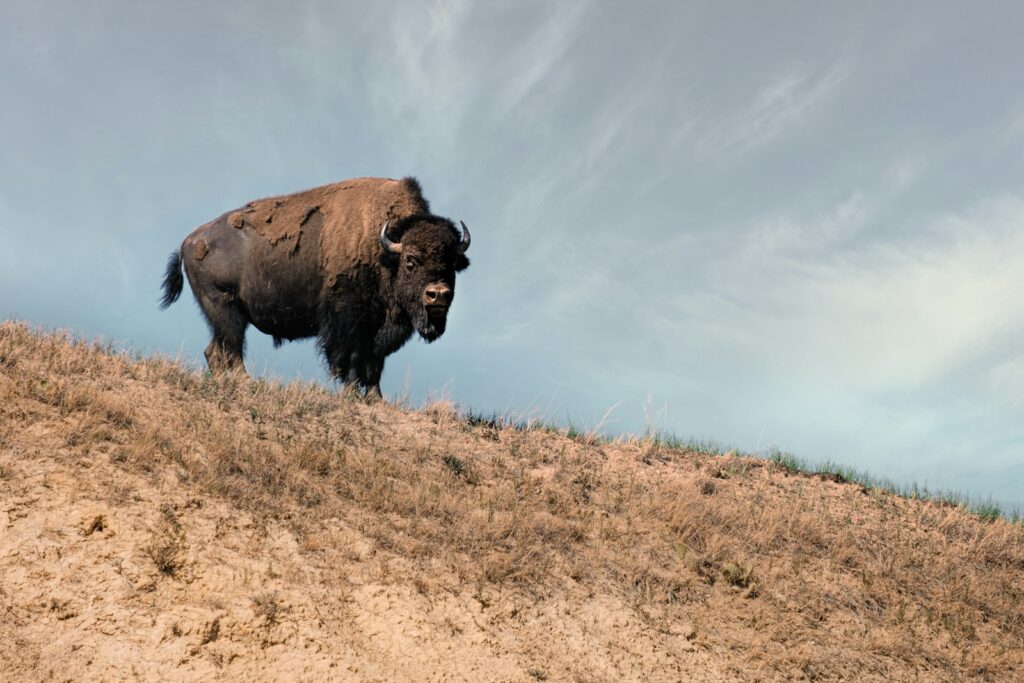
Bison play a crucial role in nutrient cycling within prairie ecosystems, facilitating the movement of elements like nitrogen, phosphorus, and carbon through the food web. Their digestive systems transform plant material into more readily available nutrients, with each adult bison producing approximately 50 pounds of nitrogen-rich waste daily that fertilizes the soil and stimulates new plant growth. Unlike many other grazing animals, bison tend to redistribute nutrients across the landscape rather than concentrating them in specific areas, helping maintain more even soil fertility throughout prairie ecosystems. Their hooves break up compacted soil and press seeds into the ground, improving soil structure and water infiltration rates that benefit the entire ecosystem. Long-term studies at the Konza Prairie Biological Station have demonstrated that areas with restored bison populations show measurably higher soil microbial activity and organic matter content compared to similar ungrazed areas.
Fire Interaction: How Bison Complement Natural Prairie Burn Cycles
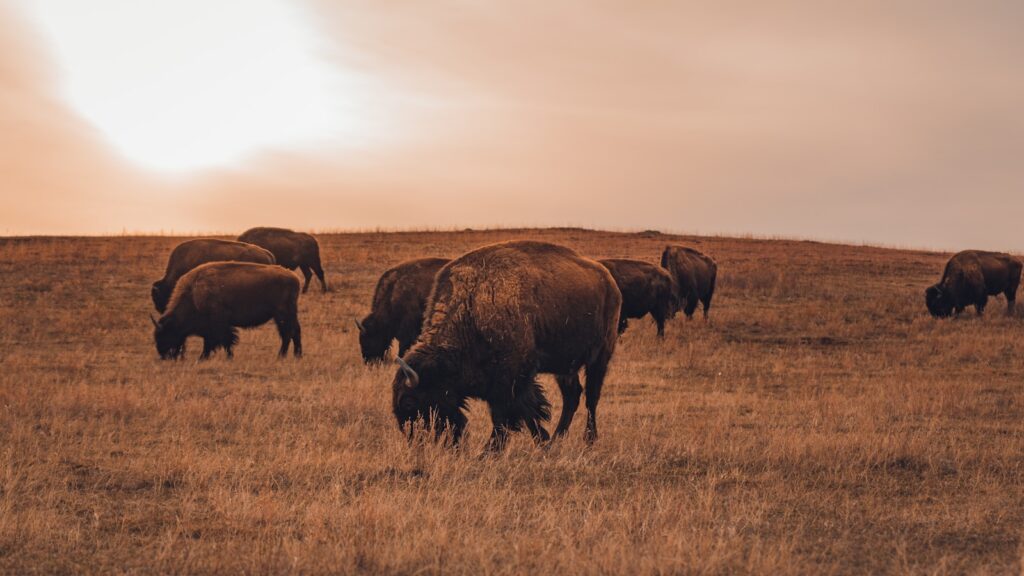
The relationship between bison and prairie fire represents one of the most fascinating ecological partnerships in North American ecosystems. Bison are naturally attracted to recently burned areas, where their grazing helps prevent woody plant encroachment and maintains open grassland conditions. Their selective consumption of dominant grasses post-fire creates space for diverse forbs and less competitive plant species, enhancing biodiversity in ways that fire alone cannot accomplish. This fire-grazing interaction, sometimes called “pyric herbivory,” creates a shifting mosaic of habitat types across the landscape, supporting different wildlife species that require various vegetation structures and compositions. Research by Kansas State University has shown that the combined impact of fire and bison grazing maintains grassland resilience against woody plant invasion more effectively than either factor alone, highlighting why both elements are considered essential components of successful prairie restoration efforts.
Bison and Wildlife Diversity
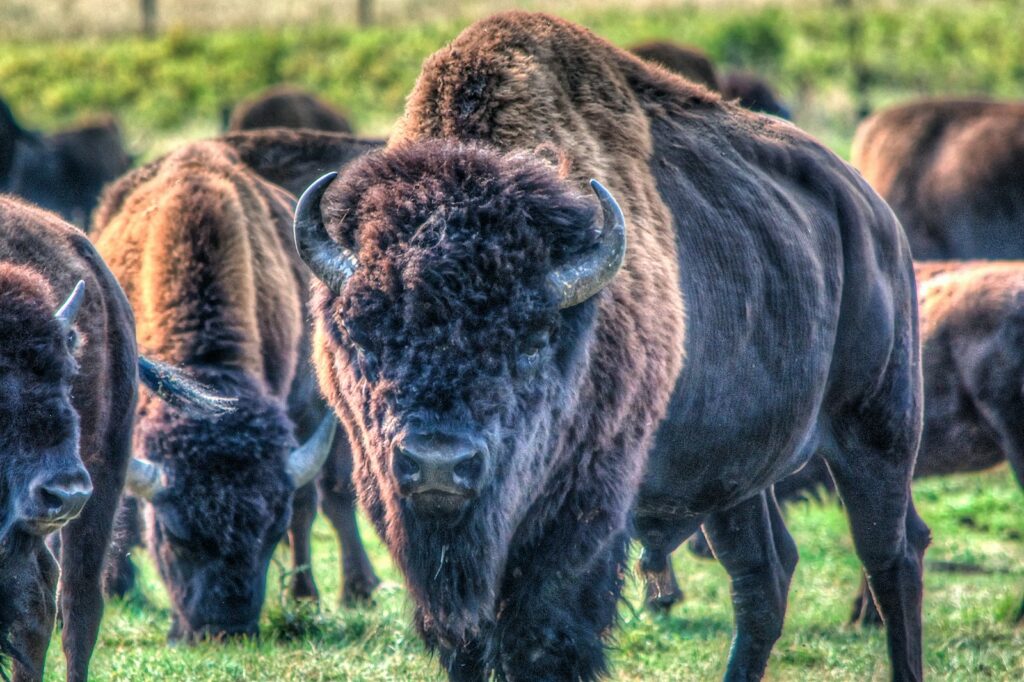
The presence of bison creates ripple effects throughout prairie food webs, supporting a remarkable diversity of other wildlife species. Grassland birds like meadowlarks, dickcissels, and upland sandpipers benefit from the varied vegetation structure created by bison grazing, which provides both open areas for feeding and denser patches for nesting. Small mammals find essential habitat in the mosaic landscape that results from bison activity, with prairie dogs, ground squirrels, and voles occupying different niches within bison-influenced environments. Predators and scavengers, from coyotes to eagles to American burying beetles, utilize bison either as prey or by scavenging remains, completing important nutrient cycling processes. Studies in the Flint Hills of Kansas have documented up to three times greater bird species diversity in bison-grazed areas compared to ungrazed prairie, demonstrating the keystone role these animals play in supporting overall ecosystem biodiversity.
Climate Resilience and Carbon Sequestration
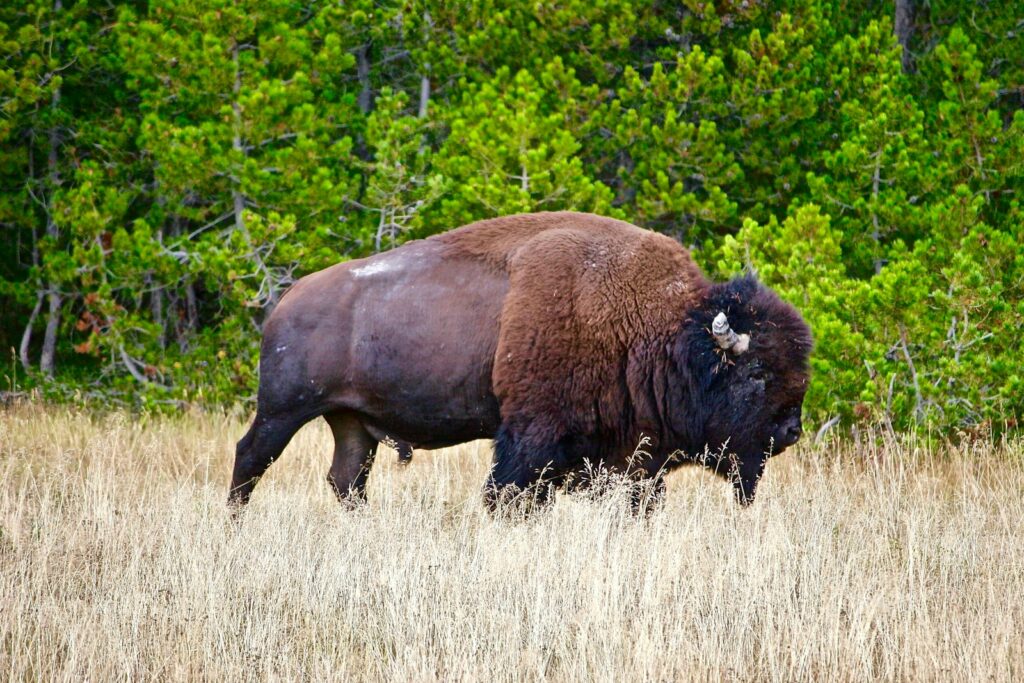
Properly managed bison-grazed prairies demonstrate remarkable climate resilience and carbon sequestration capabilities that make them increasingly valuable in the face of climate change. Unlike cultivated cropland, bison-maintained grasslands develop extensive root systems that can reach 15 feet deep, storing carbon underground where it remains stable even during droughts, fires, and other disturbances. Research from the Nature Conservancy estimates that well-managed grazing lands with native grazers like bison can sequester approximately 1-2 tons of carbon per acre annually, offering significant climate mitigation potential if scaled across millions of acres. The grazing patterns of bison stimulate plants to allocate more energy to root development, increasing soil organic matter and improving water infiltration rates that help prairie ecosystems better withstand both droughts and flooding events. Long-term studies at Konza Prairie Biological Station have shown that bison-grazed areas maintain productivity during drought periods better than ungrazed areas, suggesting these animals help build ecosystem resilience to climate extremes.
Case Studies: Successful Bison Reintroduction Projects
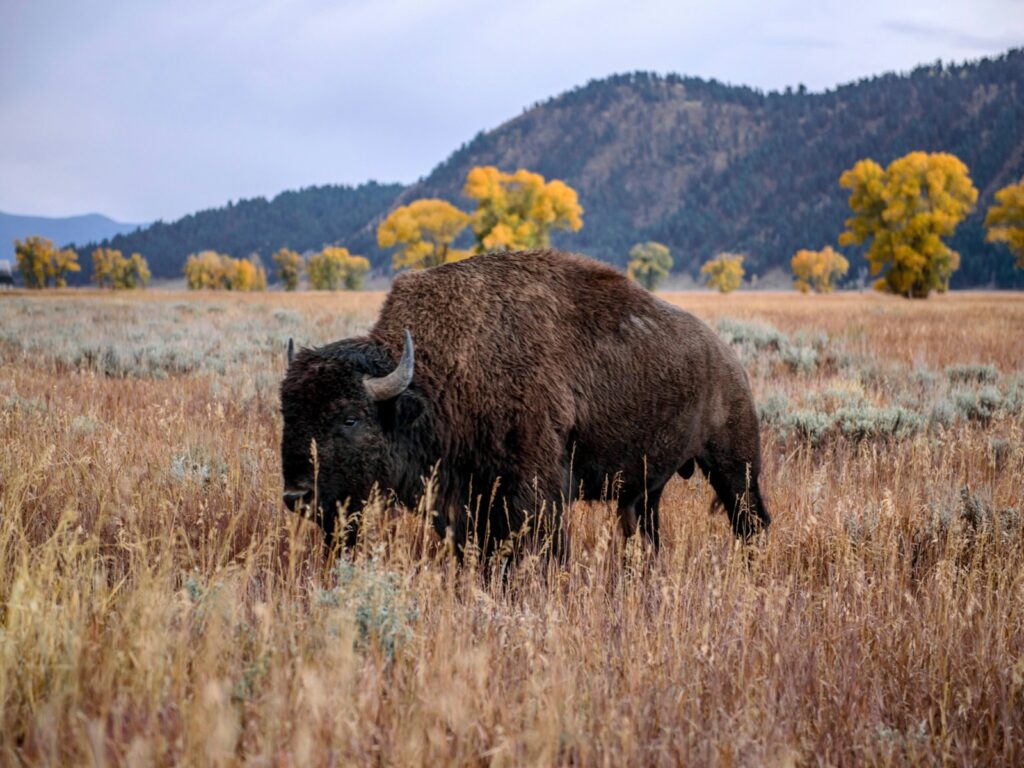
The American Prairie Reserve in Montana represents one of the most ambitious bison restoration projects in North America, working to create a 3.5-million-acre reserve with a herd of approximately 10,000 bison roaming freely across the landscape. Since the Tallgrass Prairie National Preserve in Kansas reintroduced bison in 2009, researchers have documented a 30% increase in plant diversity across the landscape and significant improvements in population numbers for grassland bird species like dickcissels and grasshopper sparrows. The Konza Prairie Biological Station has maintained a bison herd since 1987, providing one of the longest-running research opportunities to study bison impacts, with data showing increased ecosystem heterogeneity and resilience to environmental stressors. Tribal initiatives like the InterTribal Buffalo Council have reestablished bison on over 60 tribal lands, addressing not only ecological restoration but also cultural revitalization, food sovereignty, and economic development for Indigenous communities across the Great Plains.
Challenges in Bison Restoration Efforts
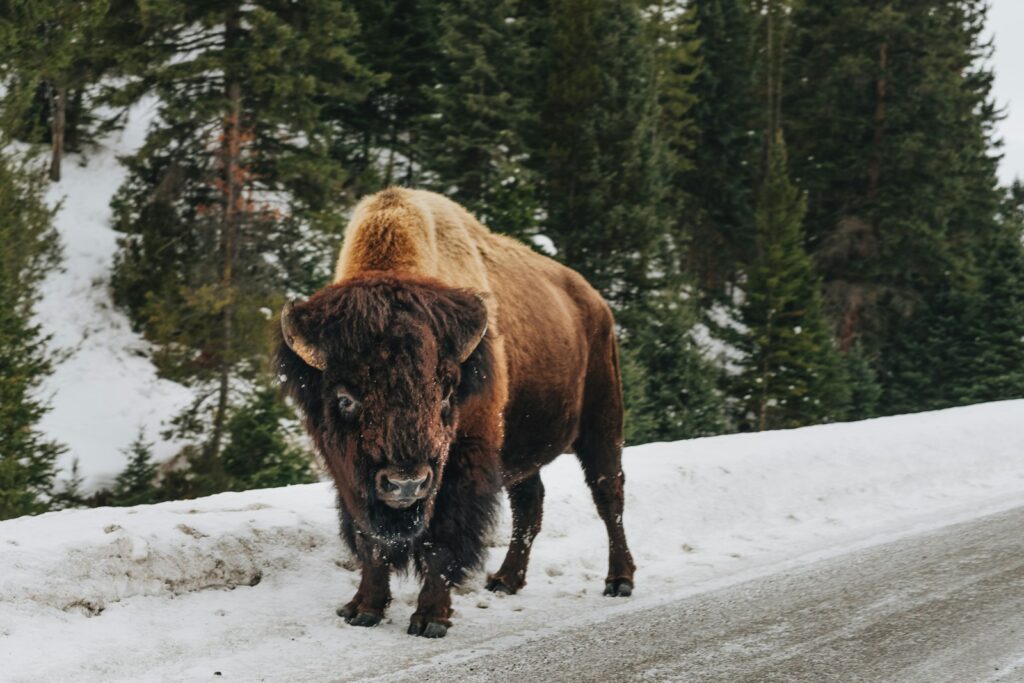
Despite their ecological importance, bison restoration faces significant challenges related to space requirements, with viable populations needing tens of thousands of acres to express natural behaviors and maintain genetic diversity. Cattle gene introgression represents another obstacle, as historical crossbreeding means many modern bison carry small amounts of cattle DNA, raising questions about genetic authenticity in conservation herds. Social and political resistance sometimes emerges from ranching communities concerned about competition for grazing lands or the potential transmission of brucellosis, a disease that can affect livestock productivity. Management complexities arise because bison require different handling infrastructure than cattle and present unique challenges related to their size, strength, and semi-wild nature, requiring specialized expertise and facilities. Funding constraints often limit the scale of restoration efforts, as acquiring sufficient land and maintaining infrastructure for bison management requires substantial financial resources beyond what many conservation organizations can readily access.
The Economic Value of Bison Restoration
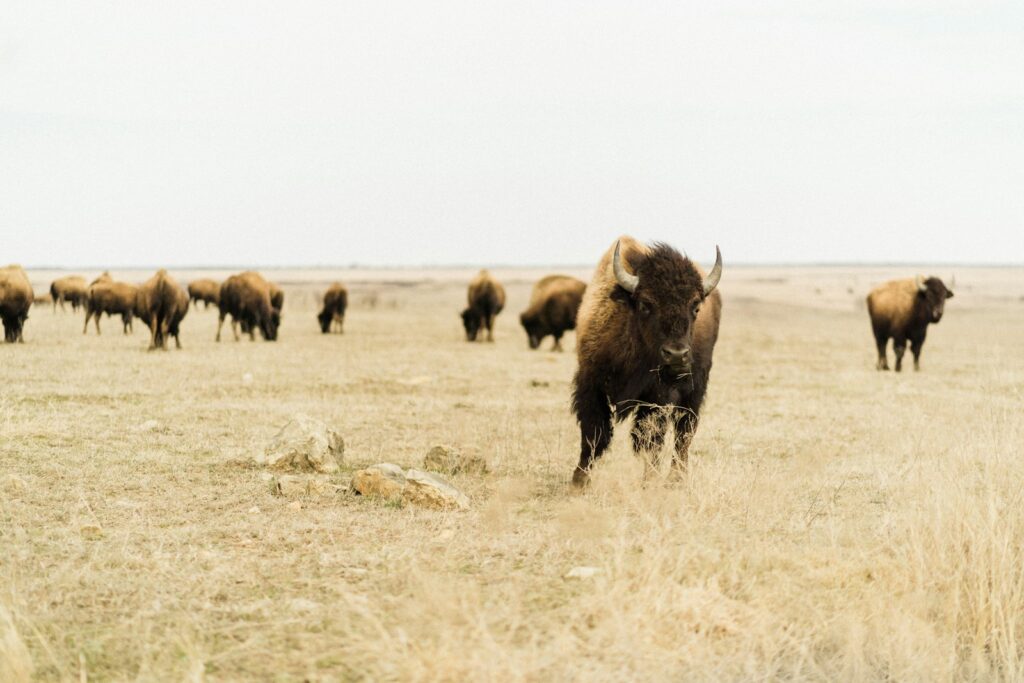
Beyond their ecological contributions, bison restoration creates significant economic opportunities for communities involved in conservation efforts. Nature-based tourism centered around bison viewing generates millions in revenue annually, with sites like Yellowstone National Park attracting visitors specifically to witness North America’s largest land mammal in its natural habitat. The sustainable bison meat industry has grown substantially, with retail sales exceeding $350 million annually as consumers seek healthy, environmentally responsible protein options raised without hormones or antibiotics. Job creation extends beyond direct ranching positions to include tourism guides, conservation scientists, education staff, and support services in rural communities where economic opportunities are often limited. Cost-benefit analyses by the Ecosystem Services Partnership suggest that the ecological services provided by bison-maintained grasslands – including carbon sequestration, water filtration, and soil retention – deliver economic value exceeding $1,000 per acre annually when properly quantified, demonstrating that bison conservation makes economic as well as ecological sense.
Future Directions: Integrating Traditional Knowledge with Modern Conservation
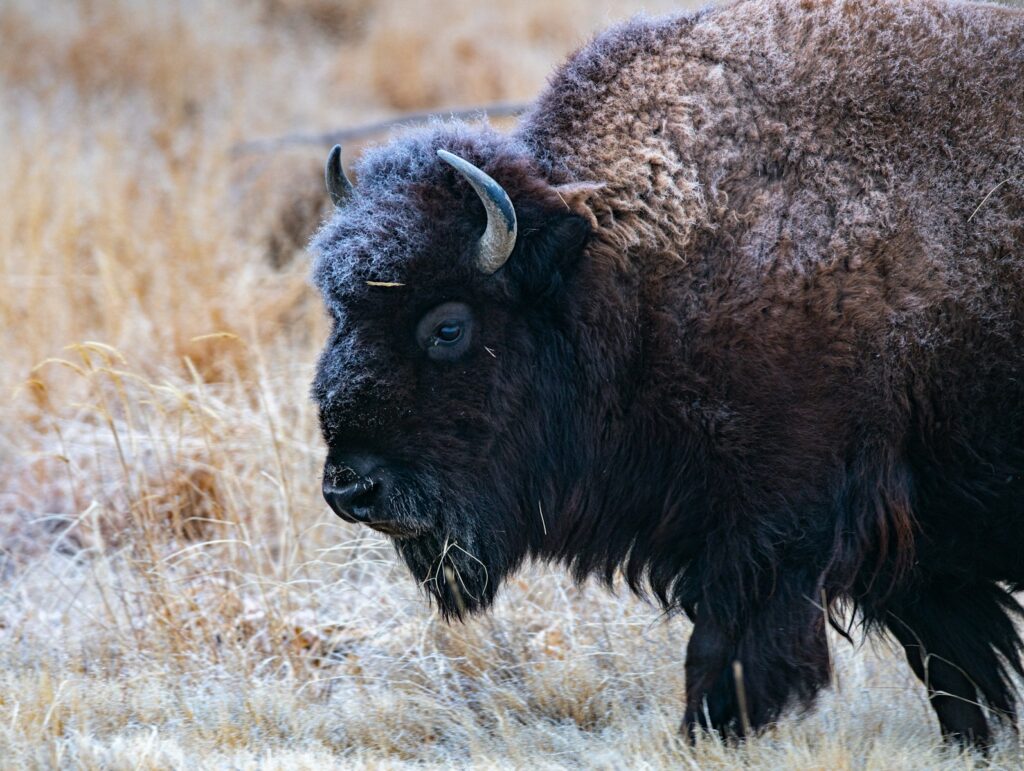
The future of bison restoration increasingly involves meaningful collaboration between Western science and Indigenous knowledge systems, recognizing that Native communities maintained sustainable relationships with bison for thousands of years. Tribal-led initiatives like the Wolakota Buffalo Range on the Rosebud Sioux Reservation are establishing new models where ecological restoration, cultural revitalization, and economic development work together rather than competing. Adaptive management approaches that incorporate monitoring technology with traditional observational knowledge allow conservation efforts to respond more effectively to changing climate conditions and ecosystem dynamics. Cross-boundary cooperation between public lands, private ranches, and tribal territories is emerging as essential for creating landscapes large enough to support ecologically meaningful bison populations and their natural movements. Education and public engagement programs that connect people with bison conservation help build broader societal support for restoration efforts, with organizations like the American Bison Society working to increase awareness of both the ecological importance and cultural significance of this iconic species.
As we continue to understand the profound ways bison shape prairie ecosystems, their reintroduction emerges not as a nostalgic attempt to recreate the past, but as a forward-looking strategy for ecosystem resilience. These magnificent animals represent living tools for grassland restoration, capable of increasing biodiversity, improving soil health, and building climate resilience through their natural behaviors. While challenges remain in scaling up bison restoration to ecologically meaningful levels, the successful case studies across North America demonstrate that reestablishing the relationship between bison and prairie creates cascading benefits for both the natural world and human communities. By recognizing and restoring the keystone role of bison in grassland ecosystems, we take a significant step toward healing one of North America’s most endangered ecosystems while honoring both the ecological wisdom and cultural heritage embodied in the thunder of bison hooves across the prairie.

